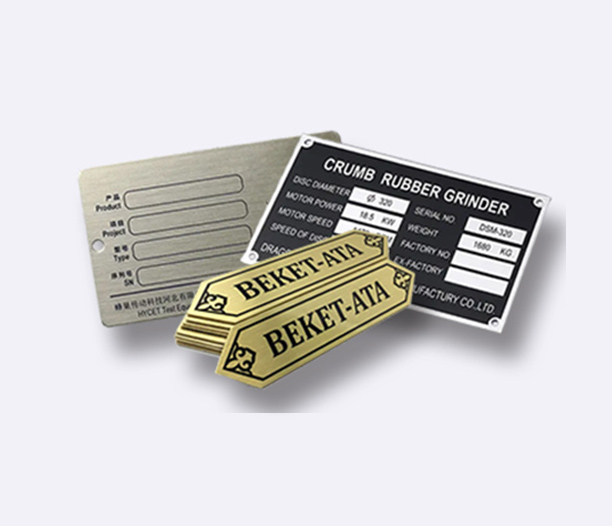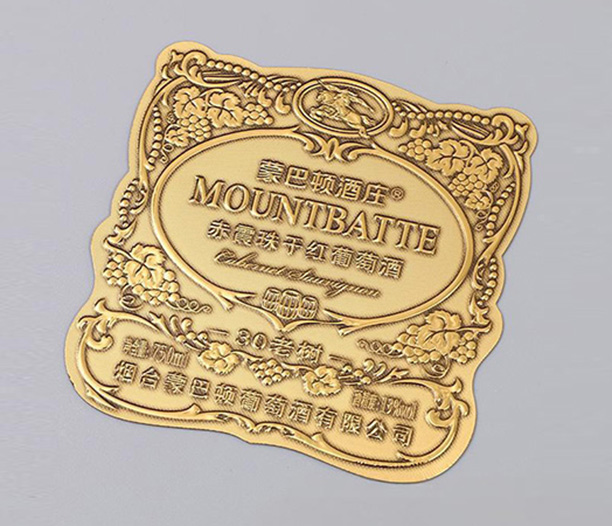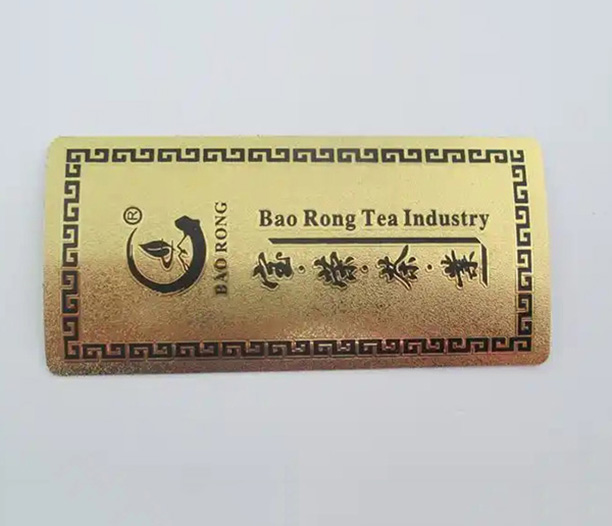Let’s be real: those little Zinc Alloy Identification Tags on your equipment, tools, or products don’t exactly scream “high maintenance.” But here’s the kicker—they’re working harder than you think. These tags face daily beatings from weather, chemicals, forklifts, and even curious fingers. Ignore them, and suddenly your 10tagturnsintoa10tagturnsintoa10,000 problem (think mislabeled machinery, safety violations, or warranty nightmares).
Don’t sweat it—we’ve got your back. Below are five no-BS tips to keep your Zinc Alloy ID Tags legible, durable, and OSHA-happy for years. Let’s dive in.

1. Clean ’Em Right—No Harsh Chemicals!
Why It Matters: Dirt, grease, and grime aren’t just ugly—they hide critical info like serial numbers or safety warnings. Plus, corrosive gunk can eat away at the zinc alloy over time.
How to Do It:
- Step 1: Wipe tags weekly with a microfiber cloth and mild soapy water (dish soap works).
- Step 2: For stubborn grime, use isopropyl alcohol (70% or less)—it’s gentle on the alloy but tough on grease.
- Step 3: Rinse with distilled water to avoid mineral deposits.
- Step 4: Dry immediately with compressed air or a lint-free towel.
Pro Tip: Avoid bleach, ammonia, or abrasive scrubbers. They’ll strip protective coatings and scratch the surface.
What Happens If You Skip This: Faded text, accelerated corrosion, and inspectors failing your facility for illegible labels.
2. Fight Corrosion Like It’s Your Job (Because It Kinda Is)
Why It Matters: Zinc alloy is rust-resistant, but it’s not invincible. Moisture, salt, and industrial chemicals can still cause pitting or white oxidation spots.
How to Do It:
- Use Protective Coatings:Clear Lacquer Spray: A light coat adds a waterproof barrier. Reapply yearly.Wax-Based Polishes: Car wax works wonders for outdoor tags exposed to rain or snow.
- Keep Tags Dry:Store spare tags in airtight containers with silica gel packets.Install tags away from sprinklers, steam vents, or high-humidity zones.
Real-World Hack: A marine equipment company in Florida slashed replacement costs by 60% after waxing their Zinc Alloy ID Tags every 6 months.
What Happens If You Skip This: Tags corrode, making serial numbers unreadable and risking compliance fines.
3. Avoid Dents & Scratches (Yes, Forklift Drivers, We’re Looking at You)
Why It Matters: A single forklift bump can warp a tag, rendering barcodes unscannable or safety warnings illegible.
How to Do It:
- Mount Tags Strategically:Place them in low-impact zones (e.g., above knee level, away from aisles).Use anti-vibration pads if tags are near heavy machinery.
- Add Protective Shields:Install clear polycarbonate covers over high-risk tags.Use metal guards for tags in collision-prone areas.
Pro Tip: Train staff during onboarding—remind them tags aren’t bullseyes for target practice!
What Happens If You Skip This: Replacing tags monthly and endless headaches with unreadable asset IDs.

4. Update Labels When Life Changes (Mergers, Upgrades, or Oops-We-Wrong-Serial-Number Moments)
Why It Matters: Outdated info on Zinc Alloy Identification Tags is worse than no info. Think: wrong specs on a machine part, expired safety certs, or mismatched inventory.
How to Do It:
- Audit Tags Quarterly: Check for:Old company logos/names (post-merger).Retired product codes or discontinued SKUs.Expired dates (calibration, inspection, warranties).
- Re-Tag Efficiently:Use laser engravers for quick, permanent updates.For temporary fixes, apply weatherproof vinyl stickers over old data (but replace the tag ASAP).
Case Study: A Texas auto plant avoided a $50K OSHA fine by updating locked-out equipment tags within 24 hours of a policy change.
What Happens If You Skip This: Regulatory fines, warranty voids, or sending the wrong part to a client (yikes).
5. Store Spares Like They’re Gold (Because They Basically Are)
Why It Matters: Ever tried finding a replacement Zinc Alloy ID Tag at 2 AM during a production crisis? Exactly.
How to Do It:
- Organize Spares Clearly:Sort by tag size, type, and application (e.g., “Machinery Tags – High Temp”).Label storage bins with QR codes linked to spec sheets.
- Control Access:Lock spares in a tool crib or assign a “tag manager” to prevent hoarding.
- Track Inventory:Use a simple spreadsheet or inventory app to monitor stock levels.Reorder when stock hits 10% of your typical monthly use.
Pro Tip: Keep a “disaster kit” with tags, engraving tools, and adhesive in your maintenance office.
What Happens If You Skip This: Production halts, frantic Amazon Prime orders for replacements, and employees scribbling on duct tape (not a good look).
Bonus: When to Retire a Zinc Alloy ID Tag
Even the best-maintained tags don’t last forever. Replace them if you spot:
- Deep Corrosion: White rust covering >30% of the surface.
- Physical Warping: Bent or cracked tags that distort text/barcodes.
- Faded Markings: Laser engraving worn smooth (common after 5–7 years outdoors).
Zinc Alloy Identification Tags: Small Tags, Big Responsibility
Let’s face it—nobody gets excited about maintaining Zinc Alloy ID Tags. But here’s the truth: these little guys are the unsung heroes of your operation. They keep your gear compliant, your inventory traceable, and your team safe. Spend 10 minutes a week on upkeep, and you’ll avoid 90% of tag-related meltdowns. Now go show those tags some love—they’ve earned it.






